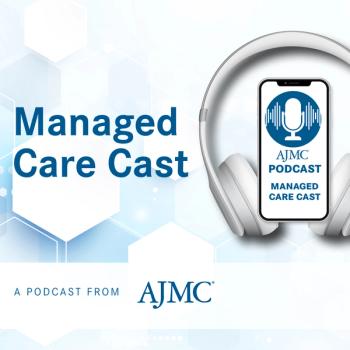
CMS: Let States Use ACA Subsidies for HSAs, Plans as They See Fit
CMS Administrator Seema Verma announced consumers buying health insurance through the exchanges set up by the Affordable Care Act (ACA) would be allowed to have heath savings accounts, and the agency will allow states to set their own subsidies and decide what type of health plan is eligible for subsidies. In addition, waivers would be evaluated against the Hyde amendment.
This story has been updated.
Speaking before a friendly audience of conservative state officials and policy makers, CMS Administrator Seema Verma announced that states would be allowed to set their own subsidies and decide what type of health plan is eligible for subsidies by the Affordable Care Act (ACA), including allowing states to give consumers publicly subsidized health savings accounts.
States could pursue the changes through the use of Section 1332 waivers, but House Democrats said the move is illegal and contrary to the intent of the ACA.
In addition, on a call with reporters following the speech, Verma was asked how the new policy would affect coverage for abortion and birth control. The Section 1332 waivers would still have to meet the conditions set up by the so-called guardrails of the ACA, and the evaluation would also include the Hyde amendment, she said. The Hyde amendment blocks federal Medicaid funding for abortion except in extremely limited circumstances.
Right now, ACA subsidies cannot cover the portion of premium that would pay for abortion. Some members of Congress have called for no ACA plans that cover abortion to be sold if they are paid for with premium subsidies.
Verma took advantage of the setting of the States and Nation Policy Summit of the American Legislative Exchange Council (ALEC) in Washington, DC, to blast those who criticized the Trump administration when it first released the outline of
“Critics of state flexibility will always assume the worst,” she said. She also rejected notions that the administration had undermined the ACA, saying that President Donald Trump inherited problems with the individual insurance market in 2017.
“The unsubsidized portion of the market is in a death spiral in many states,” she said.
Under the new waivers, states could:
- Direct public subsidies into a defined-contribution, consumer-directed health savings account to pay for health insurance premiums or other healthcare expenses. The account could be funded with pass-through funding made available by waiving the Premium Tax Credit or the small business healthcare tax credit. The account could also allow individuals to aggregate funding from additional sources, including individual and employer contributions.
- Create their own state-administered subsidy program.
- Provide financial assistance for different types of health insurance plans, including nonqualified health plans, such as catastrophic insurance.
- Implement reinsurance programs or high-risk pools through new concepts, such as creating separate risk pools by waiving the single risk pool requirement under the ACA.
Asked in a call with reporters following the speech if states could use the accounts to direct consumers to short-term health plans, Verma circled around the question, replying, “States can determine how the subsides could be used.”
Verma insisted that the 4 “guardrails” requiring that waivers meet comprehensiveness, affordability, coverage, and federal deficit neutrality would stay the same.
That’s not true, said Energy and Commerce Ranking Member Frank Pallone, Jr. D-New Jersey, and Ways and Means Ranking Member Richard Neal, D-Massachusetts,
“We believe this sub-regulatory guidance exceeds the Secretaries’ statutory authority,” Pallone and Neal wrote. “Outside of the notice-and-comment rulemaking process, it interprets the guardrails in Section 1332 to allow states to increase consumers’ costs, reduce coverage, and undermine protections for individuals with pre-existing conditions. It is contrary to the plain language of the statute, and it appears to be part of the Administration’s ideologically motivated efforts to sabotage the ACA.”
The letter asks for information about the changes to be turned over by December 31, 2018, including the process leading to the proposal, a document request, a list of who was involved in the process, and an explanation on why the administration decided to promulgate the changes as Section 1332 guidance rather than go through a formal rulemaking process.
Meanwhile, it was not immediately clear how evaluating 1332 waivers against the Hyde amendment would change things at the state level. As of February 2018, 26 states barred abortion coverage in marketplace plans and 11 bar coverage in commercial plans.
It is possible that states could seek a 1332 waiver that would leave abortion coverage in marketplace plans, but not allow plans to be purchased with premium subsidies. Already, the Trump administration has
After Verma concluded her speech, ALEC President Lisa B. Nelson told the audience the organization would be coordinating conference calls with CMS for states that wanted to pursue the new waiver opportunities.
Newsletter
Stay ahead of policy, cost, and value—subscribe to AJMC for expert insights at the intersection of clinical care and health economics.















































